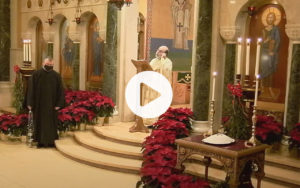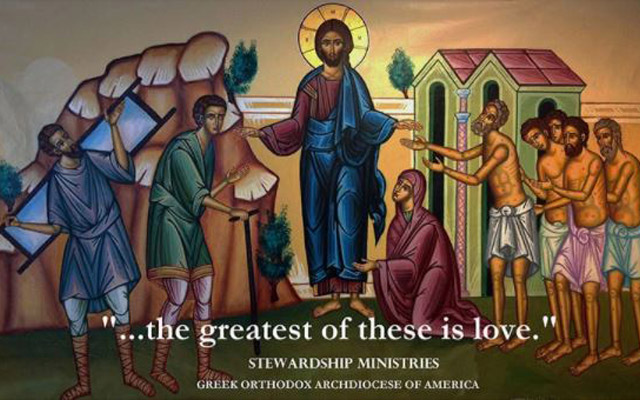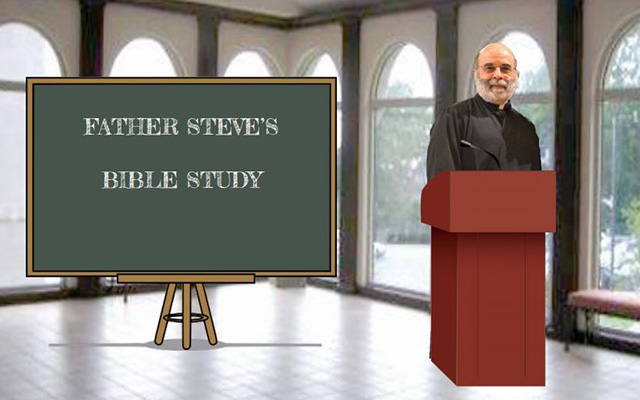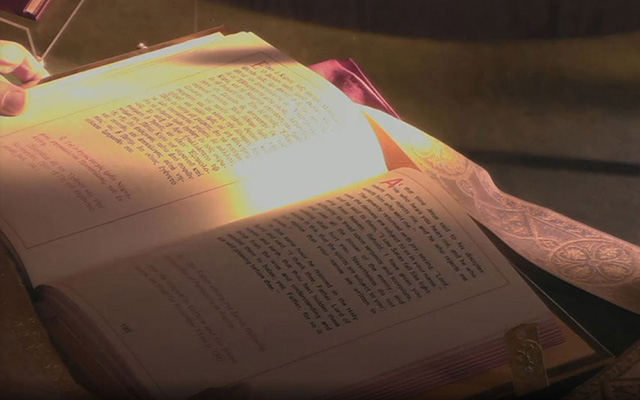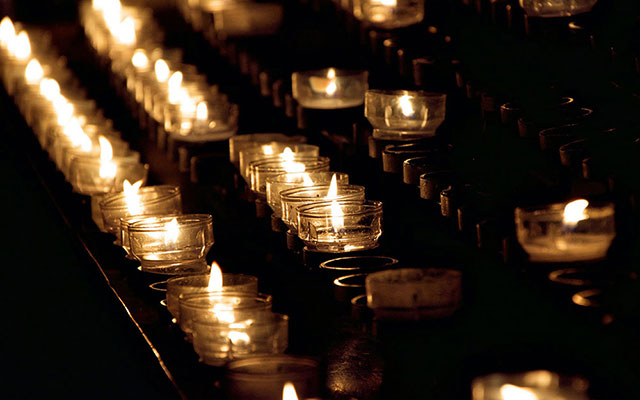THE LAMENTATIONS OF THE DORMITION OF THE THEOTOKOS (First Stasis)
1. In a grave they laid you yet, O Christ, you are life and they now have laid the Mother of Life as well: both to angels and to men a sight most strange! 2. We exalt you greatly, Theotokos most pure, and we glorify your holy Dormition now, as we bow before your honored precious tomb. 3. In your womb you held him who cannot be contained; you are life to all the faithful:


